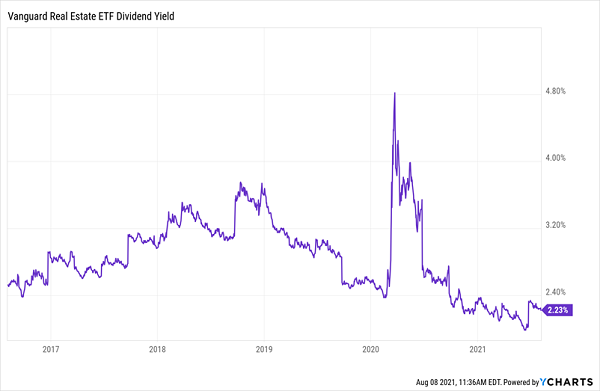Are we careening towards a recession, or is a pickup in inflation the big threat to the stock market?
The negative first quarter GDP print has recession fears in the financial headlines. Meanwhile, Fed Chair Jay Powell remains fixated on inflation.
Ironically, both may come to pass. Which means we must prepare our portfolios for a slowdown that is quickly followed by a pickup in prices.
Let’s put one smart lender on our “Goldilocks” watch list. This ticker yields 10% today (with some nice “dividend insurance” we’ll talk about in a moment). But the key point is that it profits as inflation—and interest rates—tick higher.… Read more


Recent Comments